Chitin
If it's good enough for bugs, it'll be good enough for us.Found and harvested from an endless variety of creatures, Chitin is one of the most commonly used materials in Araea. Everything from beetles to crab-like rays finds themselves stripped bare and their protective shell used to make everything from shirts to skirts to belt buckles and jewelry. With such a wide selection of monsters to carve a prize from, chitin ranges from simple and utilitarian to gleaming, bioluminescent gems. Much of the chitin used come from farms and ranches but the most prized sources of chitin come from strange and dangerous creatures that lurk deep within the dark.
Description
Scarabs, spiders and corpse-feasting centipedes are favored for the ranches that specialize in producing chitin, with their uniform size and ease of feeding. Most chitin is plain but functional with few frills, but some shimmer with a thousand colors or still pulse with bioluminescent patterns even after death. These rare and expensive pieces of chitin are either used whole or as highlights of other outfits.
Use and Industry
It might be cooking, but I wouldn't eat that if I were you.Chitin is either used whole or after being processed. If used whole, the chitin is removed from the insect, cleaned and trimmed. The individual pieces of chitin are tied together by small holes, using either wire or string, to create even sheaths. Larger shells can be used to form entire parts of an outfit, such as shoulder-pads or even entire chest pieces.
Processed chitin is gathered in large vats and reduced to a mushy pulp, together with Cave-Capped Hatter. Sometimes, dyes or various strengthening agents are added. The resulting stew has a tar-like consistency before being poured out, beaten into shapes and left to cool. The result is a tough, slightly stiff material that can be used whole or cut into strips, shapes or turned into weave or rope. Usually cheaper than Hattick, chitin-stew fabric is used where Cave-Capped Hatters are rare or reserved for other uses. In addition, it is much better at insulating the wearer and keeping water out.
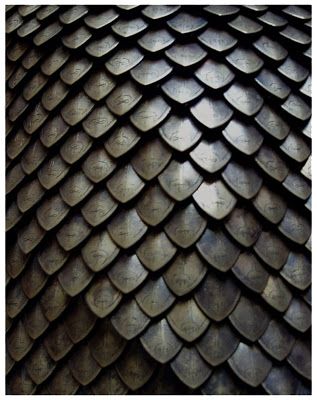
by Kaz
Chitin in the World
Some chitin, and especially from the Far Deep, have properties or appearances that make them especially valuable. From gleaming like metal or gems to being harder than steel, the creatures with such chitin are never raised but must be hunted. Kaia bring back most of this sort of chitin to the city-states, either finding it in their travels or hired specifically to hunt it. Chitin-ranches often double as a source of food, raising vast numbers of insects that can be cooked and eaten once the chitin is harvested. Such facilities are usually located at the edges or outside of settlements due to the stench of decay and from processing the chitin-stew.
Cadaverurgy Forming chitin into clothing or prying the shells off of man-sized beetles share many of the same techniques used in the monster-butchering art of Cadaverurgy. It is the craft of dismembering the many monsters of Araea and turning the parts into something useful. Felled beasts become everything from arms and armor to common household objects, and their chitin always finds a use. Read More About Cadaverurgy
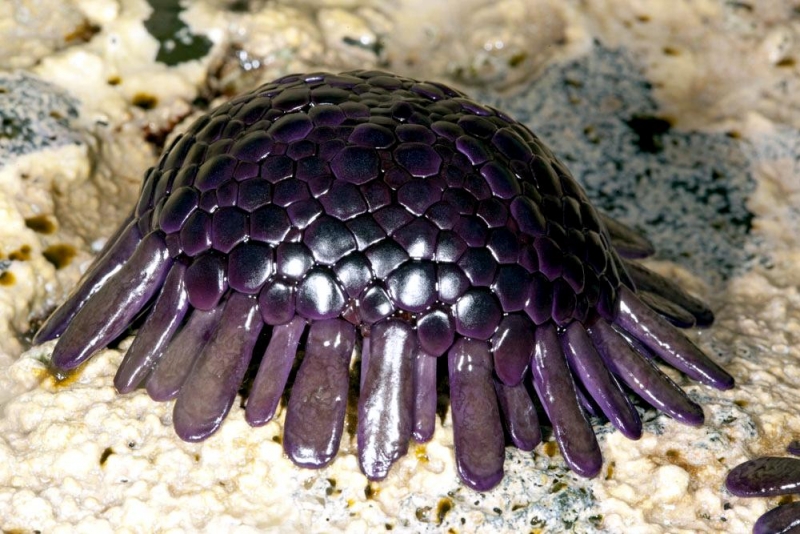
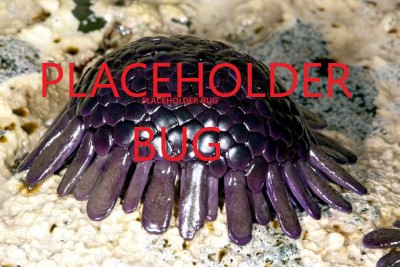
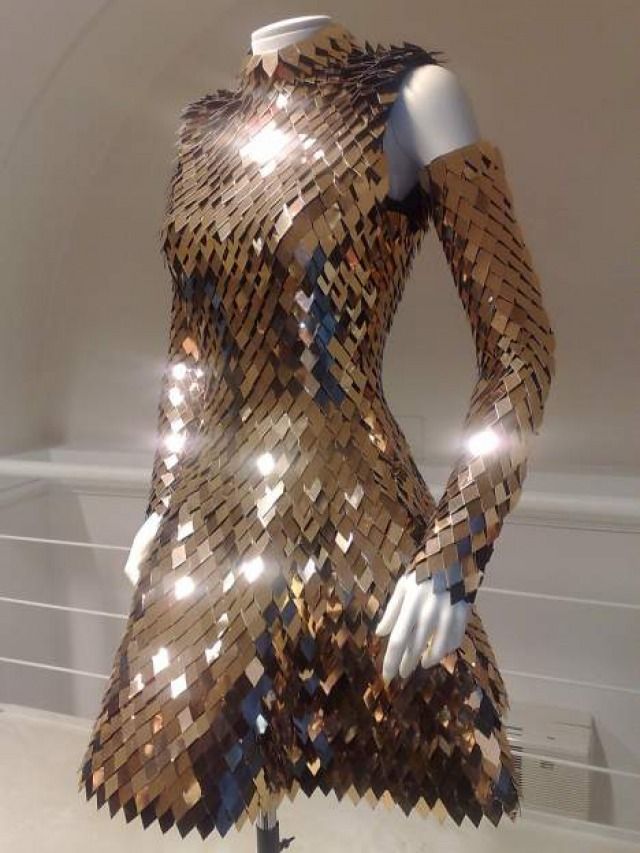
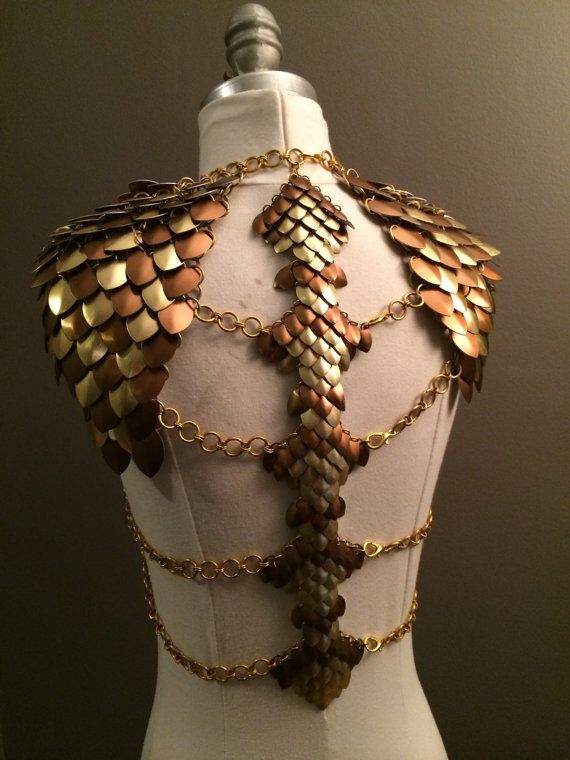
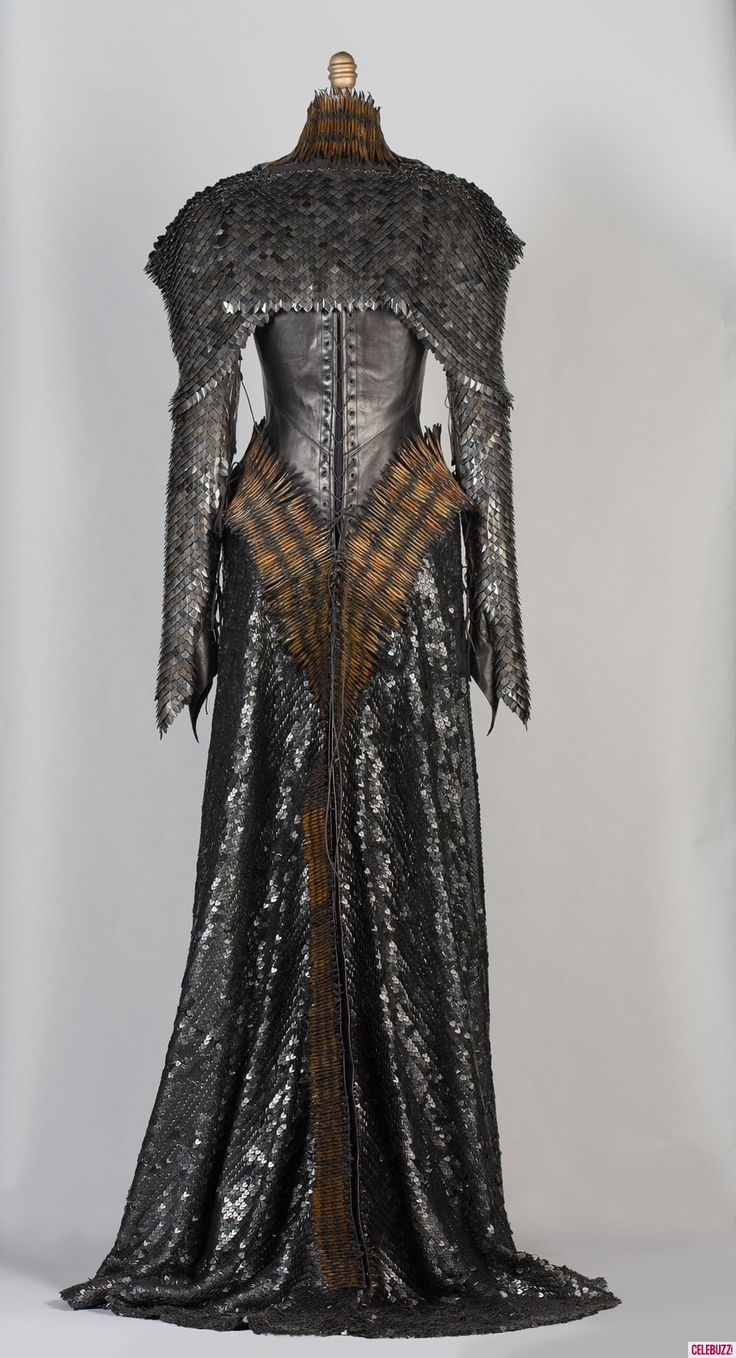


Thanks for sharing! I enjoyed the creative use of the insects' shells, as well as they way they could mold clothing out of it. I would enjoy reading about the types of jewelry or status pieces created with chitin.
Adazuri: A shonen-inspired magitech fantasy world home-brewed for 5e.
Thanks for reading :) When you have an overabundance of creepy critters and crawling monsters, people learn to use them to their full extent. Not a lot of cotton or hemp grows down in the caverns either, and not a lot of sheep around... So clothes come from somewhere else! :D
Creator of Araea, Megacorpolis, and many others.